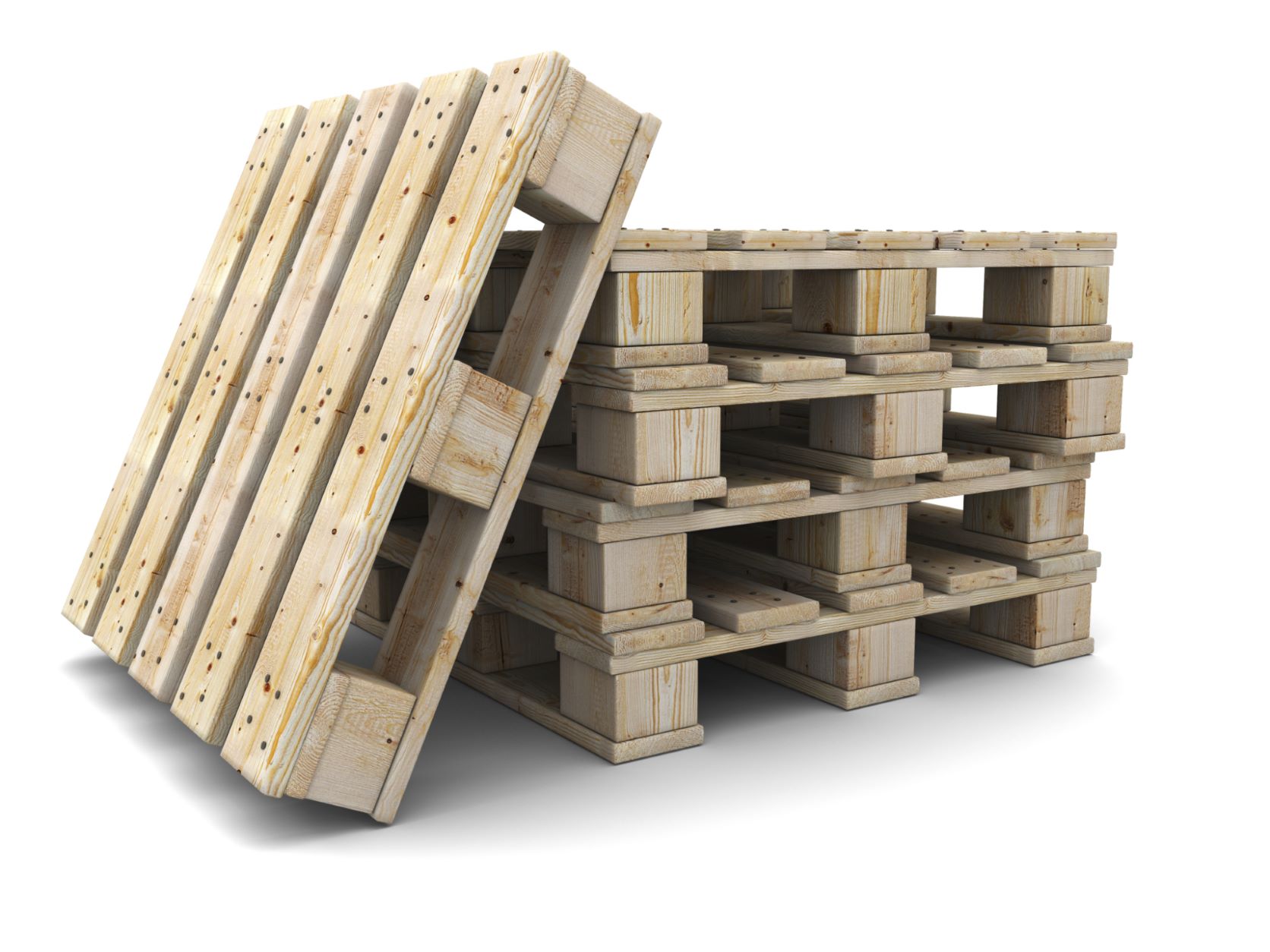
Understanding the standard pallet and truck dimensions, namely trucks and vans, can make it easier when a customer has to select a transportation option to best fit their needs.
But with so many different options out there, it can get a little confusing from time to time. A better understanding of truck and pallet dimensions will better help you decide which service is right for you.
What are the types of trucks?
Dry Vans
Dry Van shipments are the most common form of freight transportation out there. Dry Vans typically move non-perishable food items, textiles and retail clothing, as well as various manufactured paper and plastic products.
Flatbeds
Flatbed Trucking has been a staple of PLS Logistics since the early ’90s. Typically used for transporting large amounts of industrial or oversized goods like sheet metal, construction equipment, and lumber, flatbed trucks come in several varieties, dependent on your needs.
Refrigerated (Reefers)
More commonly referred to as a reefer, refrigerated or climate-controlled shipping is the go-to option for the transportation of perishable food items like produce, meats, and dairy. Similar in appearance to standard dry vans, climate-controlled vans vary in capacity and size depending on the level of insulation and type of lining.
Need more info on Trailers? Check out our Trailer Equipment Guide. In it, you’ll find:
Why are pallets important? And how many pallets fit on a truck?
Truck capacity is usually determined by the number of pallets a truck can fit at once. Made up of wooden supports and three or four “stringers” or cross beams, shipping material by the pallet makes them easier to load and transport. A standard truck can handle around 40-45 pallets.
The two most common pallet sizes are:
- 40 x 48
- 42 x 42”
By breaking down large shipments into a standardized unit like a 40 x 48” pallet, it is much easier to keep tabs on large shipments all over the country.

